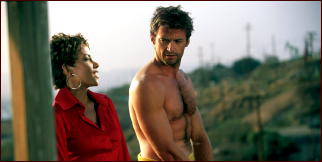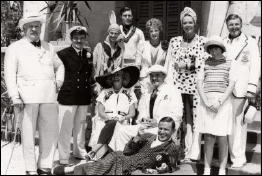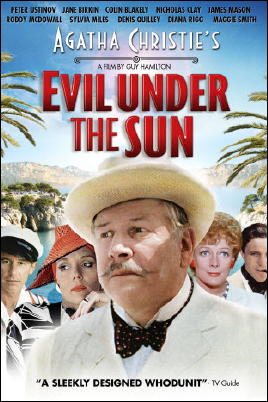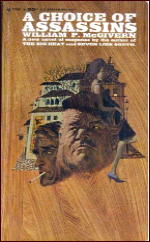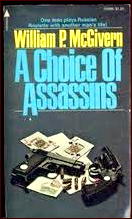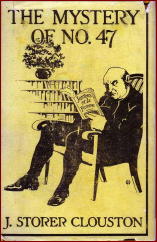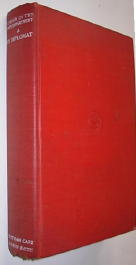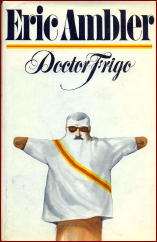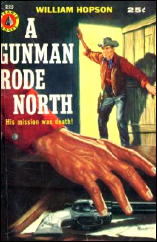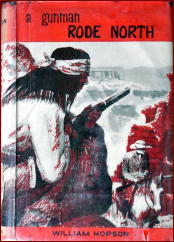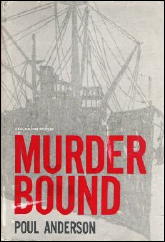Mon 23 Sep 2013
Reviewed by William F. Deeck: FREDERIC ARNOLD KUMMER – Design for Murder.
Posted by Steve under Reviews[6] Comments
William F. Deeck
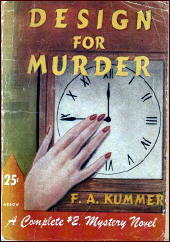
FREDERIC ARNOLD KUMMER – Design for Murder. Lothrop, Lee & Shepard, hardcover, 1936. Arrow Mystery Novel #11, digest-sized paperback, no date [1944].
Stephen Ransom, a playwright who has written not necessarily a successful but at least a produced play about a detective, is invited to lunch at the home in Washington, D.C., of Mrs. Thomas Kirby, wife of a prominent United States Senator. There Ransom meets Ann Vickers, an interior decorator who is living in the Kirby house while redecorating it. Jokingly he and she discuss a plot for a burglary and the murder of Mrs. Kirby for her jewels.
That night Ransom returns to the house, for reasons the author does not make persuasive, and notices someone leaving by a window. He investigates, of course, and finds that Mrs. Kirby has indeed been murdered. Vickers, who had overheard some peculiar dialogue and had heard the clock strike twelve when it was still fifteen minutes before the hour, also comes down to investigate.
It is obvious to Ransom that Vickers couldn’t have done it; she’s too attractive. It is patent to Vickers that Ransom couldn’t have done it; he, after all, has humorous eyes and rust brown hair.
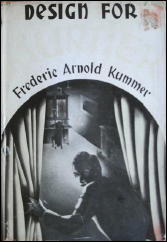
Near the end of the novel Vickers remembers more about what she heard just before Mrs. Kirby’s death. Unfortunately, she won’t mention it over the phone, and thus we are vouchsafed the seemingly obligatory scene of the heroine placing herself in the best, maybe the only, position for the murderer to get at her for foul purposes.
Create credulity, which is more than the author could do, and you may be able to enjoy this one.
Note: For some information about the author, fairly prolific in his day, you might wish to check out John Norris’s blog here, where he reviews The Scarecrow Murders, the first of two recorded cases of Judge Henry Tyson. John liked it considerably more than Bill Deeck cared for this one.
